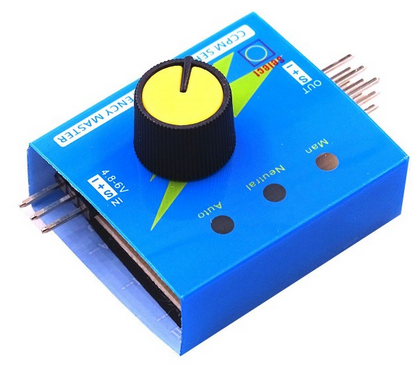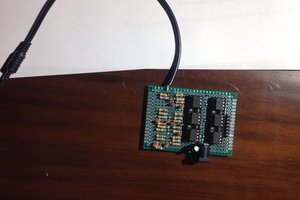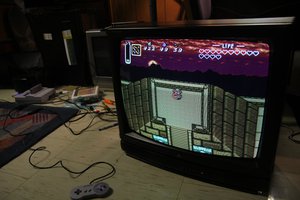Disclaimers:
- You WILL void your warranty.
- Author is not responsible for damage to your property, reversible or not.
- You may destroy your device permanently.
- Even if you successfully pull off whatever is presented here - you may be one static discharge away from ruining your equipment.
- Project includes working with sharp objects and LiPo batteries - use necessary caution.
- You have been warned.
Final result to gain attention:
And some trivia after the break.
 mkdxdx
mkdxdx







 CompuCat
CompuCat

 Bentendo64
Bentendo64
 Leon
Leon